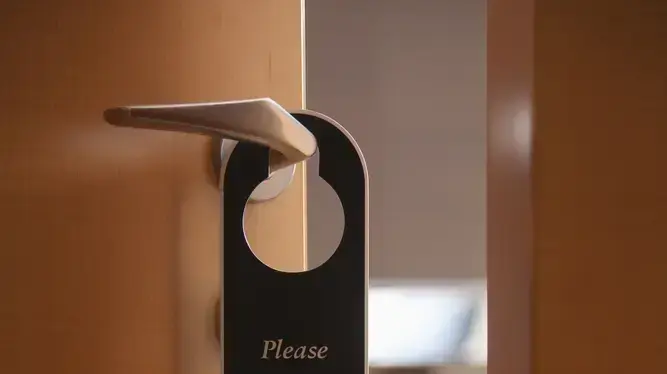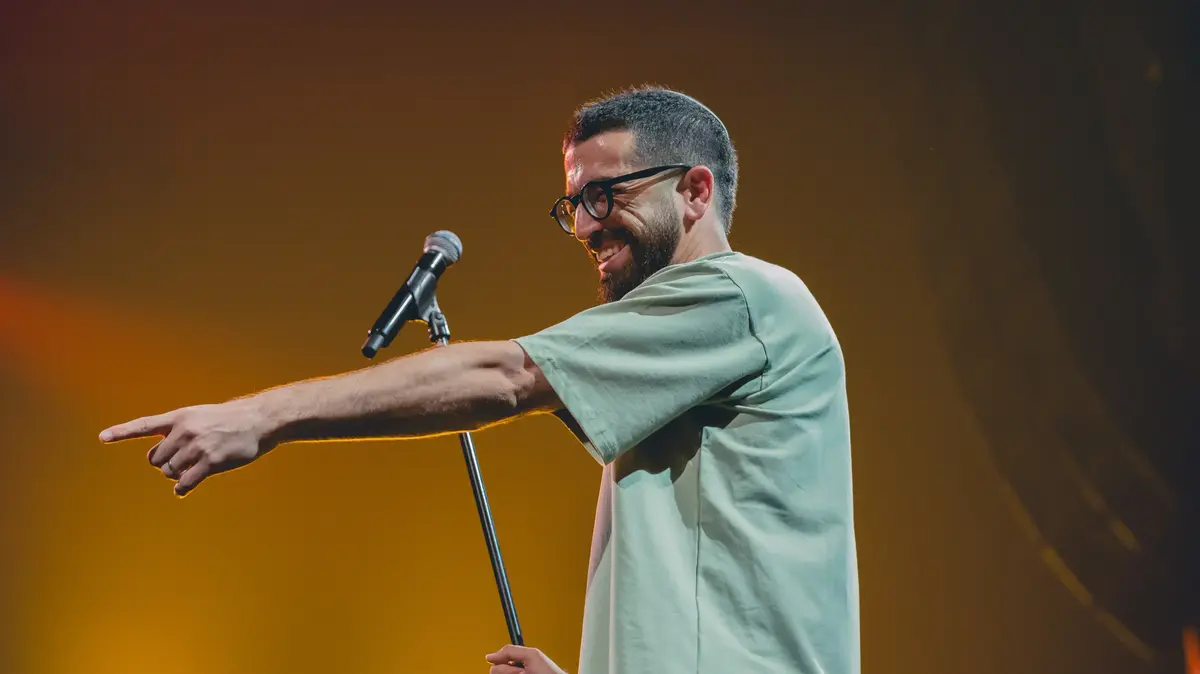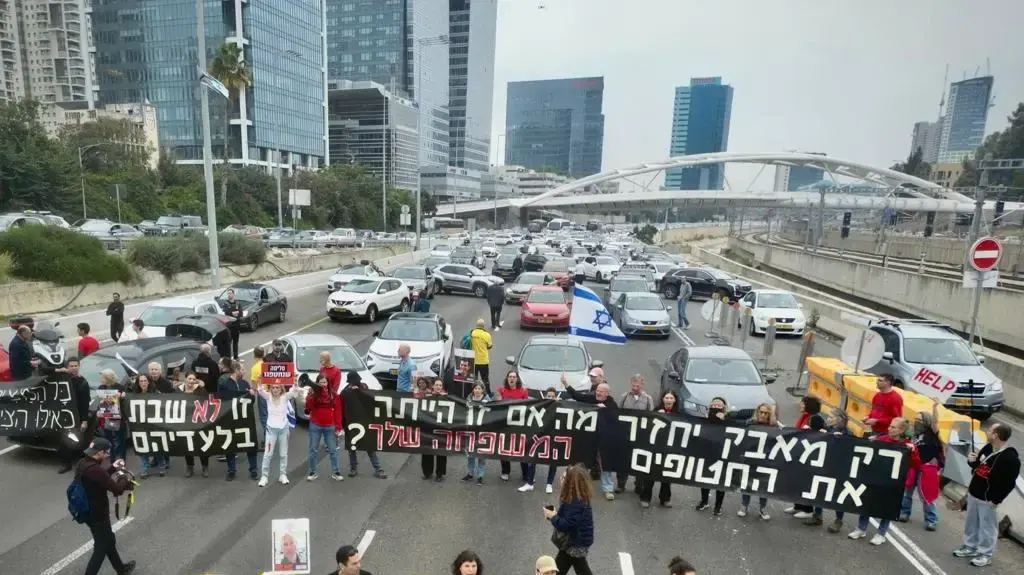The harshness of the images weighs heavily on the imaginary of the city.
The field hospital in Central Park.
Excavation of mass graves on the island of Hart.
The moving trucks full of bodies in Brooklyn.
The deathly silence only interrupted by the noise of ambulances.
About a quarter of a million cases of covid.
Almost 24,000 dead.
New York City, the global epicenter of the pandemic during the spring months, has experienced a true nightmare.
But it has managed, after stopping the activity in its tracks, to contain the spread of the virus.
And it has succeeded for longer than the models of public health experts envisioned.
Now the city reopens timidly.
And the horizon of a second wave that revives those images worries the neighbors and the authorities.
A million lives less
Last Saturday, New York State reported, for the first time since June 5, more than a thousand daily positives.
A total of 430 of them were in New York City (8.3 million inhabitants).
It is far from the 10,000 newspapers that were recorded in the State during the peak of the pandemic.
The positive rate compared to the total number of tests carried out is barely 1%, something that has surprised the local authorities.
But when normal life begins to return and the city prepares for the cold, it is risky to claim victory.
“It is vital that New Yorkers continue to practice the basic behaviors that guide our ability to fight COVID-19 as we move into fall and flu season.
Masks, social distancing and hand washing make a difference, ”said State Governor Andrew Cuomo, a Democrat.
This Wednesday, New York takes another small step to become the city it used to be.
Its more than 25,000 restaurants will be able, for the first time in six months, to serve food indoors, although with a capacity limited to 25%.
Today the roads of the streets of neighborhoods such as the East Village are taken by the terraces of the restaurants, often with enclosures.
Still, nine out of 10 were unable to pay full rent for their premises in August.
Almost two thousand restaurants have closed in the metropolitan area and 174,000 workers in the sector are at home.
"We have held our breath for six months," explains Erick, manager of a restaurant in the Village, who asks not to identify himself.
“But soon the cold will come and you will not be able to be on the terraces.
With a quarter of the tables, without tourists, it is evident that we are still far from normal.
I don't know if there will be a second wave or not, I suppose there will be, but we have to take steps or we will all go to hell ”.
Experts coincide in citing, as keys to success in the summer, a forceful closure of the activity, the responsibility of citizens and a transparent and data-based political decision-making process.
“A good part of the success has been the ability to maintain high levels of diagnostic tests throughout the summer even though cases have dropped,” explains Dr. Thomas Tsai, of the Institute for Global Health at Harvard University.
“That has provided accurate information.
The contact tracing program is not perfect, but it has been transparent, and that is important.
The reopening has been a data-driven process, which has shaped policy.
States where it opened very quickly have gone bad, and that speaks to the importance of a comprehensive public health strategy.
Citizens have responded well, but also in other cities.
What has gone well is that they have acted with the data and there has been transparency ”.
After a closing marked by hesitations, the reopening has been extremely cautious.
The city began closing public schools on March 15.
The following week, he imposed confinement orders on the population except for essential workers.
The closure of schools and confinement orders or recommendations contributed to a 70% reduction in COVID transmission between March and June, according to a study by Columbia University and the New York City Department of Health. that has not yet completed the scientific review process.
The extended use of masks contributed an additional 7% reduction, and up to 20% among those over 65 during the first month.
"Improving the effective use of face coverings, especially among the youngest, would significantly mitigate the risk of flare-up in covid infections during reopening," explains Dr. Jeffrey Shaman of Columbia, one of the study authors.
"It is crucial to find ways to promote the correct use of masks in places where social distance is not possible."
In June the reopening process began.
The restaurants were to open in July, but the detection of sources of contagion in establishments in the north of the state led the city authorities to postpone the opening.
A recent study by the Centers for Disease Control and Prevention reveals that those who tested positive for covid reported more than twice as many times as negative ones who had been eating at a restaurant in the two weeks before falling ill.
The study found, however, no relationship between the disease and activities such as shopping, using public transport or other activities that can be performed with a mask.
"The public health response must be agile," explains Dr. Tsai.
“Dinners in restaurants, for example, were a clear source of infections in recent months.
Numerous spotlights have been seen in restaurants and bars.
And it is seen in other cities like Madrid.
The places where it has gone well are those that have reopened slowly ”.
Times Square is still an unusual wasteland.
Broadway theaters will be closed during the fall.
Big offices in Midtown will continue to telecommute for months.
But the great museums have already opened.
And, after weeks of announcements and corrections that have desperate parents, last week 90,000 children, those in preschool and special education, started going to public schools.
One in 20 residents left the city between March 1 and May 1, according to a study by The New York Times.
In the wealthiest areas of the city, within neighborhoods such as the Upper East Side or SoHo, the residential population is down 40% or more.
As schools and offices open, those who left will return.
The subway will fill up again.
Visitors will return little by little.
The students gathering at nightfall in Washington Square, the couples on the benches, the groups recreating a dance floor around a Bluetooth speaker, the
skateboarders
repeating their tricks poundingly, will soon have to look for interiors to socialize when the cold arrives.
“Now contact tracing is more important than ever, testing asymptomatic people, people at high risk.
Six months ago there was no capacity to test, ”recalls Tsai.
“There will be outbreaks, but you have to develop plans now and be transparent.
No single measure is sufficient.
But you have to have metrics, information.
Data is objective, but political decisions reflect values.
The important thing is that they are not arbitrary, that they are based on science and that there is transparency.
You have to have the resolution to really suppress the pandemic ”.
Subscribe here to the
weekly
newsletter
about the elections in the United States.
Information about the coronavirus
- Here you can follow the last hour on the evolution of the pandemic
- This is how the coronavirus curve evolves in Spain and in each autonomy
- Download the tracking application for Spain
- Search engine: The new normal by municipalities
- Guide to action against the disease








/cloudfront-eu-central-1.images.arcpublishing.com/prisa/LII4LEBWGJE5NKDRJYETAORANA.jpg)
